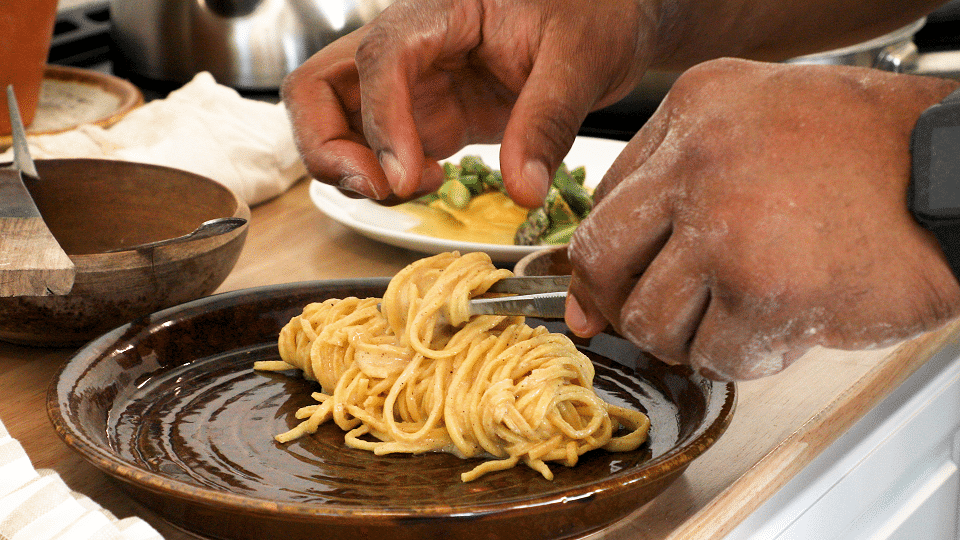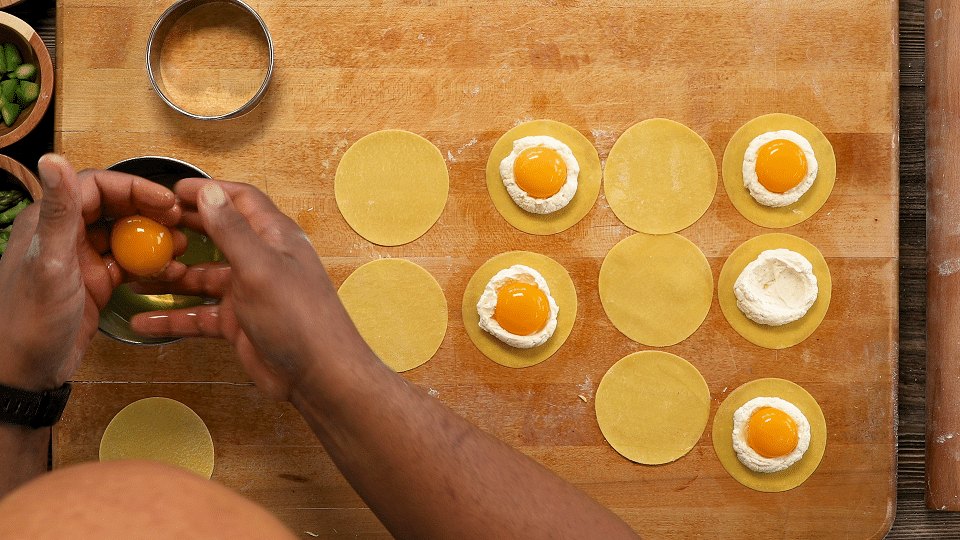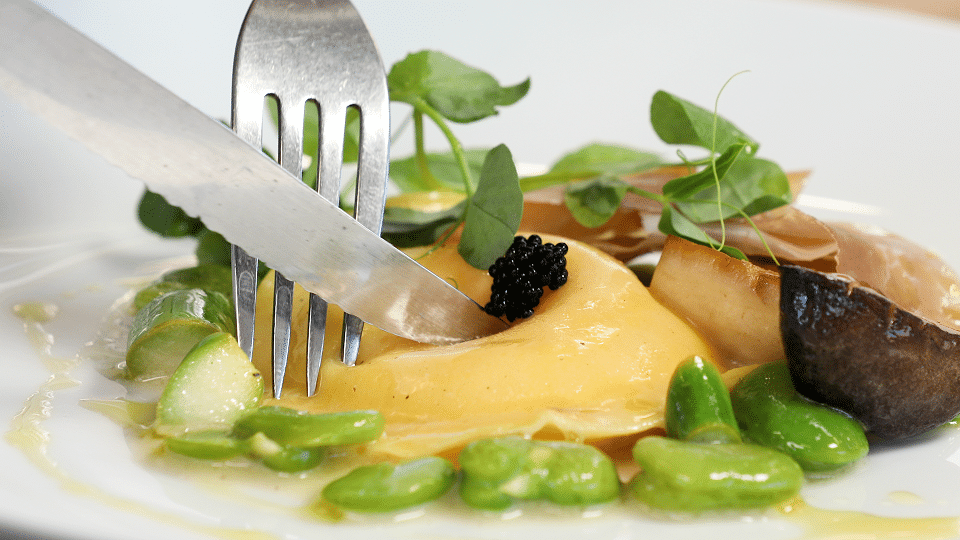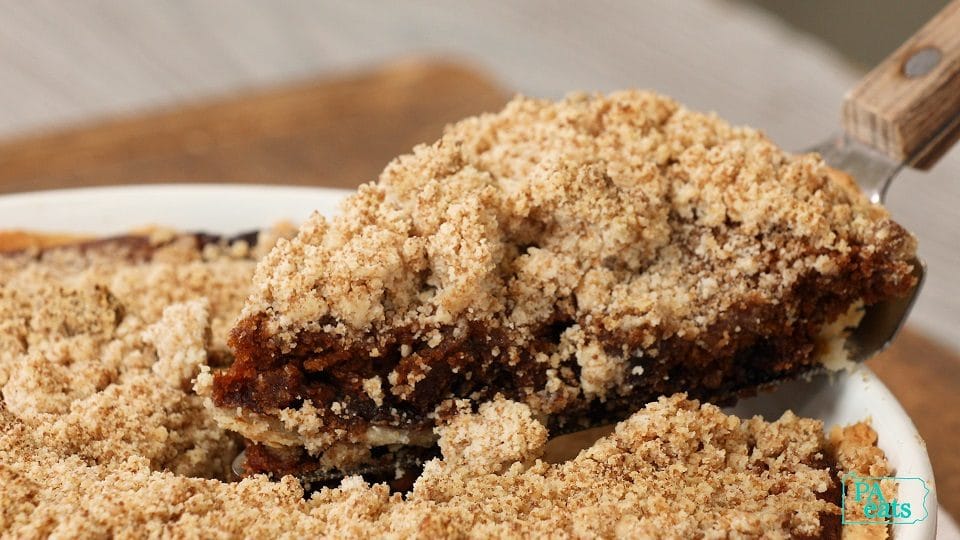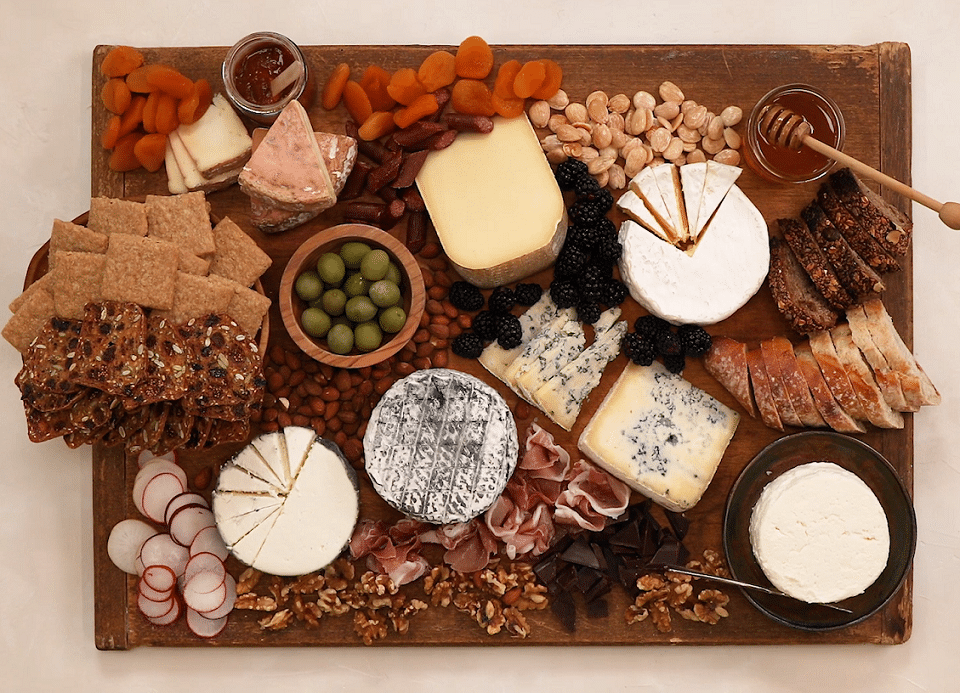All you need to make one of the most delicious things on the planet are four ingredients: pasta, black pepper, cheese and water. The dish in question is cacio e pepe (“cheese and pepper”), a modern Roman specialty that is so much more than the sum of its parts. Sure, you can make a decent cacio e pepe with some boxed macaroni, pre-shredded cheese and ground black pepper, but if you want to take the dish to the furthest reaches of its true potential, we suggest making it from scratch. Yes, that means making pasta dough (easier than it sounds!), rolling it out and cutting it into noodles. Yes, it means buying a hunk of pecorino Romano and grating it fresh.
But, try it this way once, and you’ll see that these steps are so, so worth the extra effort. Chef Ian Newman of Lancaster, PA shared his recipe with us, breaking down each part of the process into helpful steps, and making the prospect seem a lot more doable. He also turned us on to an amazing heritage grain, Redeemer Wheat, a hard winter red specimen that’s been grown in PA since the 1800’s! Like so many whole grains, it retains so much more flavor than your average all purpose flour, nutty and fresh and alive. Flour like this is also more nutritionally beneficial, with higher levels of protein, vitamins and minerals than flour that’s been highly processed. Though Redeemer Wheat is still a specialty product (Chef Newman’s came from The Field’s Edge Research Farm in Lititz), look for it at farmers markets or at stores that carry locally-grown items.
Give this recipe a whirl, and enjoy eating our Pennsylvania update of one of the best comfort foods!
Local PA Cacio e Pepe
| Yield |
|---|
| Serves 4–6 |
| Prep Time | Cook Time | Total Time |
|---|---|---|
| 40 min | 10 min | 50 min |
Pasta Dough
Ingredients
- 1 1/2 cups all-purpose flour
- 1/4 cup organic PA whole-wheat flour (such as Redeemer Wheat from Field’s Edge Research Farm)
- 12 egg yolks, local eggs if possible
- 1 tablespoon milk
- 1 tablespoon olive oil
Method
- Mix the flours and salt (either in a mixer or on a tabletop using the “well method”).
- Add the egg yolks, milk, and oil. If using the well method, be careful not to break the walls of your well. Mix using a fork or your fingers until most of the flour is incorporated.
- If using an electric mixer, start on a low speed and increase slightly until the dough begins to form a ball.
- Turn the dough ball onto a sturdy work surface. Knead the dough into a ball until it is warm and supple.
- Wrap with plastic and allow the dough to rest for 20-30 minutes.
- Follow the manufacturer’s instructions for rolling and cutting the spaghetti. For this recipe, Chef Newman took the rollers of the pasta sheet down to #4, then cut the spaghetti alla chitarra.
Sauce
Ingredients
- Salted pasta water, as needed
- Cracked black pepper
- Salt
- Unsalted butter
- Pecorino Romano cheese, to taste
Method
- Put a few ounces of your boiling salted pasta water in a warm saute pan, with heat on medium.
- Add cold unsalted butter and black pepper, swirling the pan constantly to emulsify the butter and water.
- Cook the spaghetti in rolling salted water until it is nearly cooked (2 minutes or so for fresh pasta).
- Add the spaghetti to the pan with the peppery water emulsion.
- Using a microplane, grate fresh pecorino Romano cheese over the pasta and toss to thicken the sauce onto the noodles.
- Taste, adjust seasoning, taste again.
- Arrange pasta on a plate and finish with cracked black pepper, extra-virgin olive oil and more cheese.
- Recipe: Chef Ian Newman
- Photo: Dish Works
